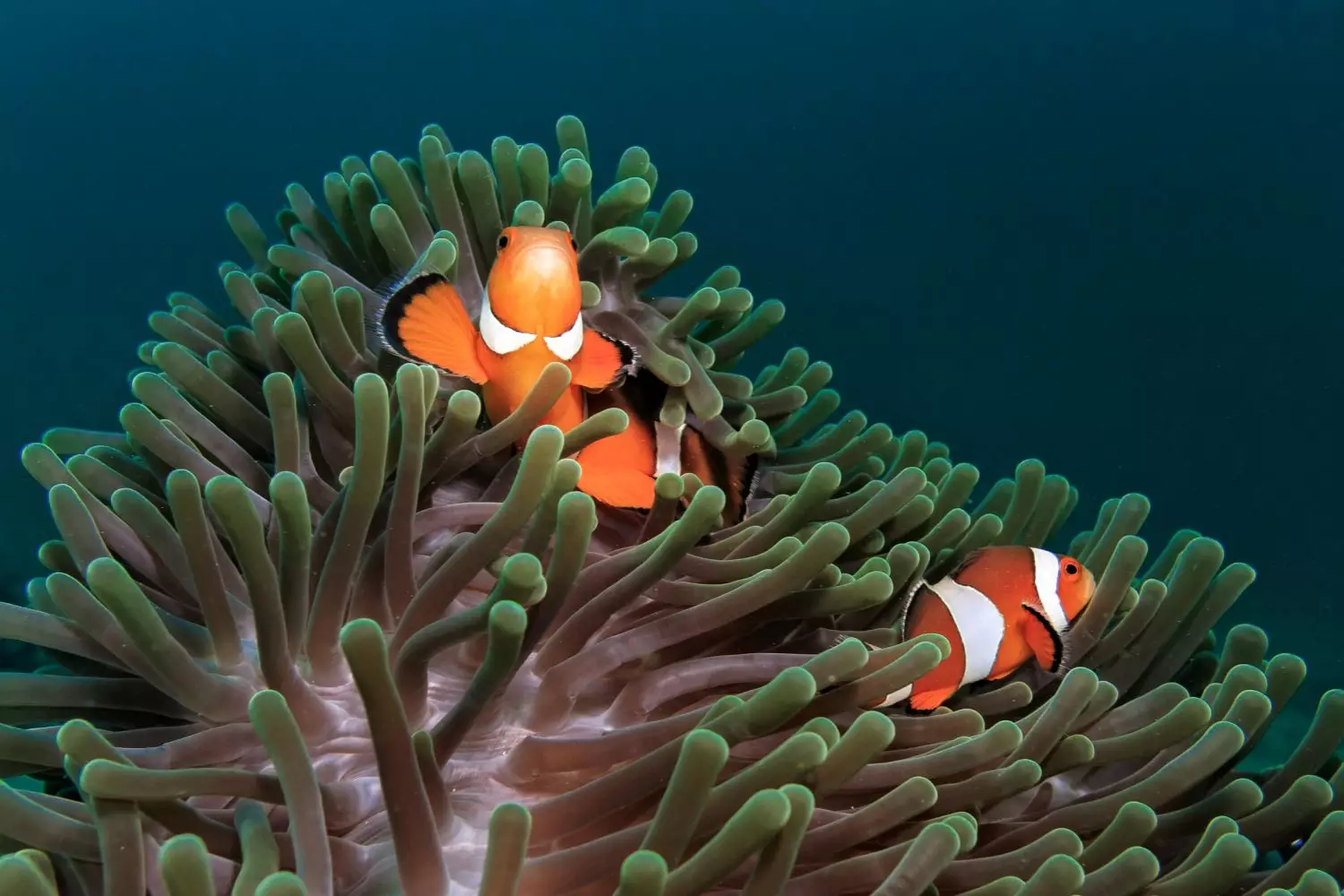Host anemones play a crucial role in the marine ecosystem, particularly in their symbiotic relationships with various marine species, most notably clownfish. These remarkable creatures provide shelter and protection for their partners while also benefiting from the nutrients and waste produced by their hosts. Their adaptations to different environments underpin the complexity of marine life, allowing various species to thrive together in a delicate balance.
The world of host anemones is rich and diverse, showcasing a variety of species, each with unique characteristics. Among the most notable are the Bubble Tip Anemone (Entacmaea quadricolor) and the Leathery Sea Anemone (Heteractis crispa). The former features distinctive bubble-like tips and is well-known for its vibrant colors, making it a popular choice in aquarium settings. Meanwhile, the Leathery Sea Anemone boasts a robust texture and can thrive under various conditions.
Other notable members in this ecosystem include the Carpet Sea Anemone (Cryptodendrum adhaesivum) and the Giant Carpet Sea Anemone (Stichodactyla gigantea). These species can grow to impressive sizes and often provide refuge not just for clownfish but a range of other marine life. The interactions that take place within these environments help highlight the critical functions host anemones serve.
Host anemones are not only significant for their aesthetic appeal but also for their ecological interactions in the marine food chain. They provide a safe haven for juvenile fish, amphibians, and invertebrates. The relationship between certain fish species and host anemones is a classic example of mutualism, where both parties benefit: fish obtain protection from predators while the anemones receive food from the fish’s waste and the nutrients they bring.
Additionally, some anemones have demonstrated adaptability in aquariums, accommodating marine species that differ from their natural habitats. This adaptability is critical for marine enthusiasts who aim to replicate the complex ecosystems found in the ocean. For example, the Magnificent Sea Anemone (Heteractis magnifica) is known for hosting a variety of clownfish species while also providing a viable option for aquarists.
Despite their importance, host anemones face various threats, including habitat loss due to climate change and pollution. As ocean temperatures rise and coral reefs degrade, the delicate balance of symbiotic relationships can be disrupted. Conservation efforts are crucial to protect these essential creatures and maintain the biodiversity of marine ecosystems. Initiatives focused on reducing pollution and promoting sustainable aquarium practices can help alleviate some of the pressures faced by these organisms.
Host anemones are an integral part of the marine ecosystem, providing habitat and sustenance for various species. Their diversity and adaptability make them fascinating subjects for study and conservation. Protecting these unique creatures ensures the stability of complex oceanic habitats and the myriad species that depend on them. As awareness grows, it is essential to emphasize sustainable practices and conservation efforts to safeguard host anemones and their indispensable roles within our planet’s precious marine environments.

